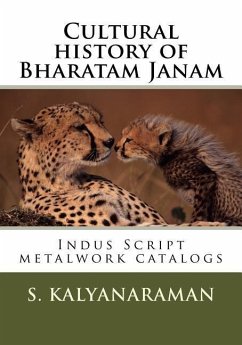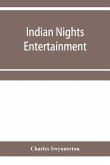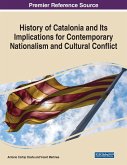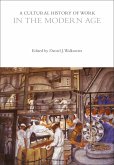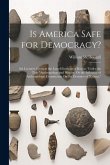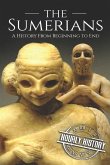Data mining.to identify profiles of culture, civilization with particular reference to technological advances during the Bronze Age. Ancient data mining systems of Indus writing techniques by metalworkers, Bharatam Janam include free-hand writing on metal surfaces with ferric oxide pigment. Data mining techniques of computer science widely used in Information Technology and Wi-Fi cellular/mobile communication system of the present day can be paralleled by the techniques demonstrated by artisans who created and used the Indus Script writing system on over 7000 inscriptions of ca. 3rd millennium BCE (5000 years ago). The techniques used on Indus Script could be of value to enhance data security through advanced cipher systems in cryptology. Resources of the earth which yield products of utilitarian and exchange value provided new forms of recording life activities of ancient Meluhha artisans of Bharatam. Products made such as s'ankha bangles, s'ankha libation vessels, s'ankha trumpets and cakra or vajra (wheel or Vajra adorning the Soma Yaga Yupa as a ring) are sacred and become divine attributes in temples. Nataraja the cosmic dancer is adorned with a damaru drum and flames of fire, Somaskanda form of S'iva is adorned with antelope [mlekh 'goat' rebus: milakkhu 'copper', meluhha (Bharatam Janam)] and paras'u 'metal axe'. These are abiding cultural markers of a civilization which reinforce the divinity in everyone of the worshippers in a temple which is kole.l 'temple' rebus: kole.l 'smithy, forge' (Kota).. Sarasvati River Basin is the epicenter of culture and civilization of Bharatam Janam from Vedic times. Bharatam Janam is the story of a civilization, of Sarasvati's children. This is validation of the presence of Vedic culture in Sarasvati River Basin from recent findings of a yajnakunda at Binjor (near Anupgarh). The Yajnakunda yielded an octagonal yupa which has been mentioned in Rigveda (RV 1.162.6) and described in Satapatha Brahmana, a vedic text as aSTAs'ri 'having eight corners', an emphatic cultural marker to evidence the performance of a Soma Yaga at the site. Details of the Yupa and caSAla are presented from Indus Script corpora and evidences of punch-marked and cast coins from ancient mints. The Indus Script seal found in Binjor has been deciphered and is seen to be a documentation of mintwork. This decipherment is consistent with thousands of seals of. Indus Script Corpora deciphered as documentation, catalogus catalogorum, of gold, yellow brass, lead' and other metalwork. The overall total number of inscriptions of Indus Script Corpora may be over 7,000 from all sites (if cognate hieroglyphs are identified in 'Persian Gulf type' circular seals and many pictorial motifs of cylinder seals of Ancient Mesopotamia (Near East), of Dong Son Bronze Drum cire perdue hieroglyphs on tympanum (Far East) and artifacts such as Gold disk of Kuwait Museum, Warka vase, Samarra plaques (pace Denise Schmandt-Besserat), Tukulti Ninurta fire-altar and Assur tin-road from Assur to Kultepe, tin ingots of Haifa, Nahal Mishmar cire perdue artifacts dated to ca. 5th millennium BCE - all signifying metalwork deploying Indus Script hieroglyphs. Hieroglyphs are also presented as objects in the round as exemplified by trefoils on Sivalinga base, on shawl of 'priest-kjing' (Mohenjo-daro), standard (lathe PLUS brazier), a hieroglyph-multiplex ubiquitously signified on over one thousand seals in front of a one-horned young bull with a pannier. Such hieroglyphs are also shown carried in processions as proclamations of stellar inventions of the Bronze Age. The greatest of these inventions was the invention of the cipher for a writing system (mlecchita vikalpa). Data mining of these evidences yields profiles of knowledge systems of ancient times which continue to be the weltanschuaang, the civilized frontier of a period earlier than ca. 5th millennium BCE.
Hinweis: Dieser Artikel kann nur an eine deutsche Lieferadresse ausgeliefert werden.
Hinweis: Dieser Artikel kann nur an eine deutsche Lieferadresse ausgeliefert werden.

